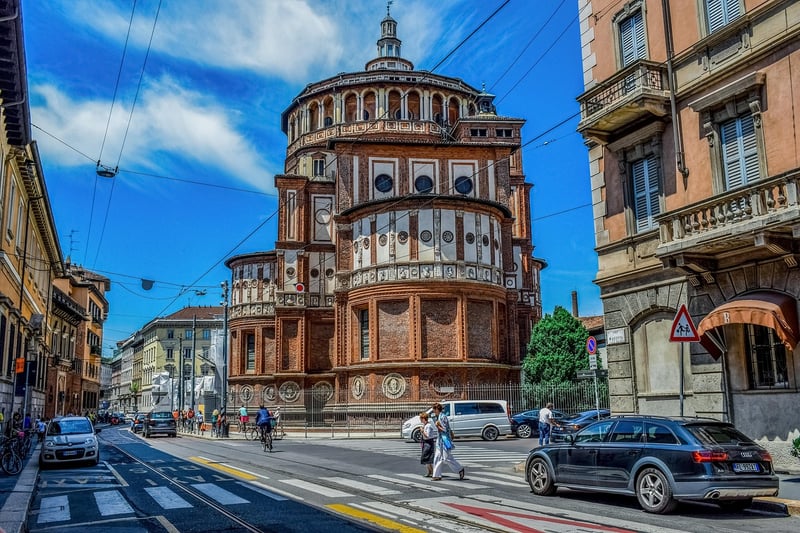Vertical Gardens
The Rise of Greenery in City Environments and the Trend of Vertical Gardens

In recent years, urban environments have seen a significant increase in the incorporation of greenery into city landscapes. This trend not only adds aesthetic value but also brings numerous environmental benefits to densely populated areas. One innovative approach that has gained popularity is the concept of vertical gardens.
Benefits of Greenery in Cities:
- Improves air quality by absorbing pollutants and releasing oxygen.
- Reduces the urban heat island effect by providing shade and cooling the surroundings.
- Enhances mental well-being by creating a more pleasant and relaxing environment.
- Supports biodiversity by providing habitats for insects, birds, and other wildlife.
- Helps in reducing noise pollution by absorbing sound waves.

The Trend of Vertical Gardens:
Vertical gardens, also known as living walls, are structures that allow plants to grow vertically on walls or other surfaces. These gardens are not only visually striking but also offer several advantages in urban settings:
- Maximize green space in limited urban areas.
- Improve building insulation, leading to energy efficiency.
- Enhance biodiversity by providing vertical habitats for various plant species.
- Contribute to the aesthetic appeal of buildings and public spaces.
Vertical gardens can be implemented both indoors and outdoors, offering a versatile solution for incorporating greenery into urban designs.
Conclusion:
As cities continue to grow and expand, the integration of greenery, including vertical gardens, plays a crucial role in creating sustainable and livable urban environments. By embracing these innovative approaches, urban planners and architects can contribute to a greener future for city dwellers.
Embrace the green revolution in urban spaces and discover the beauty and benefits of incorporating greenery into city environments!
